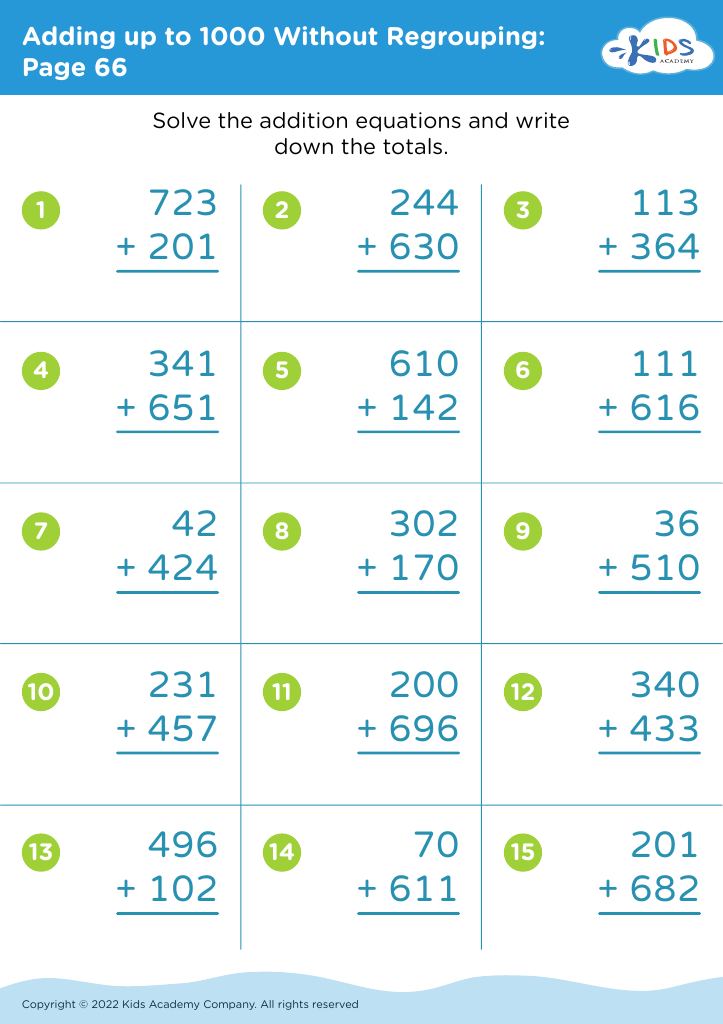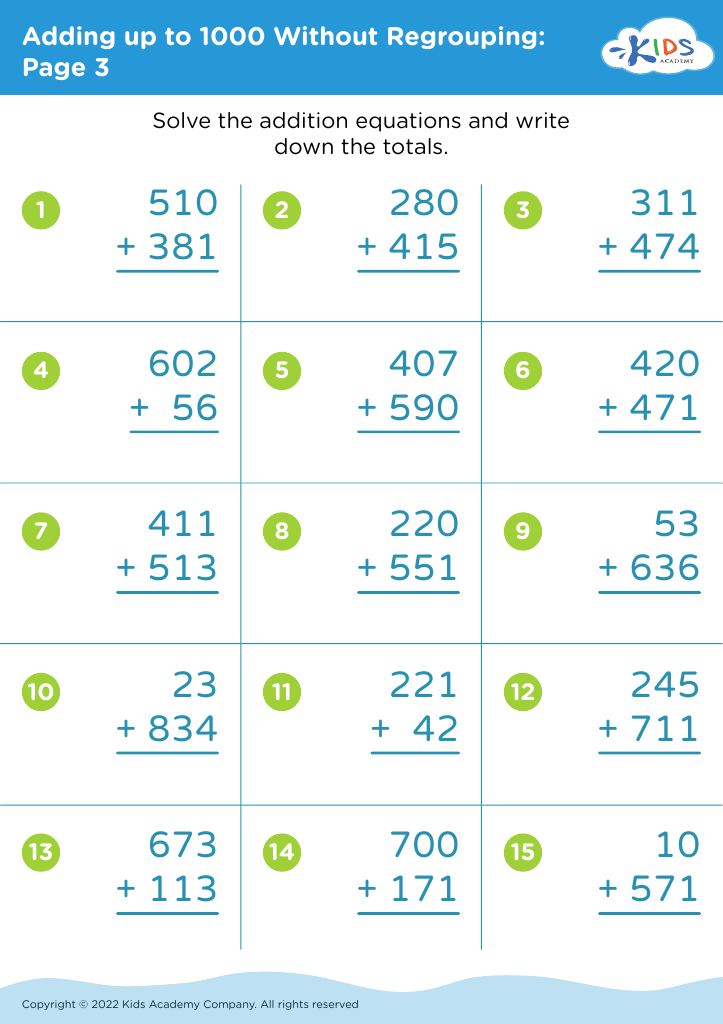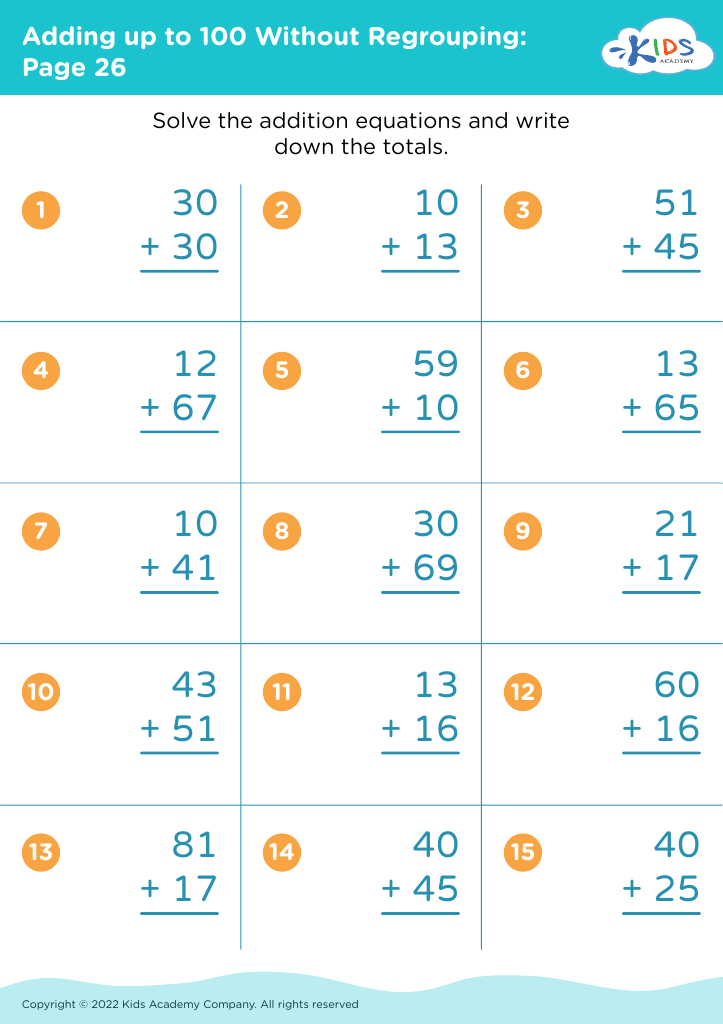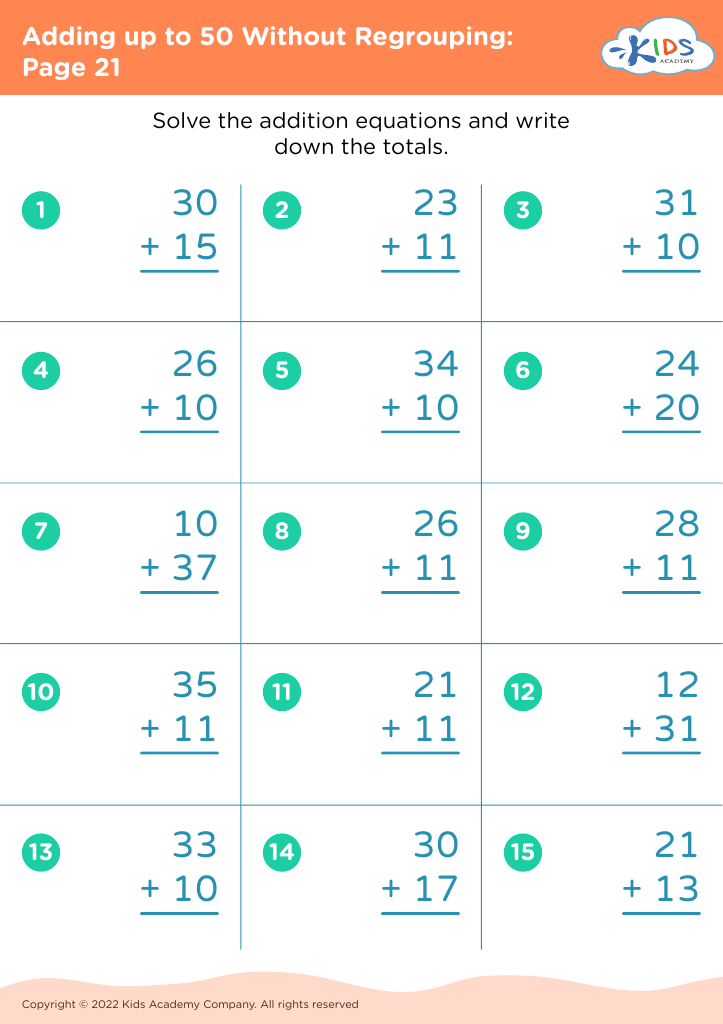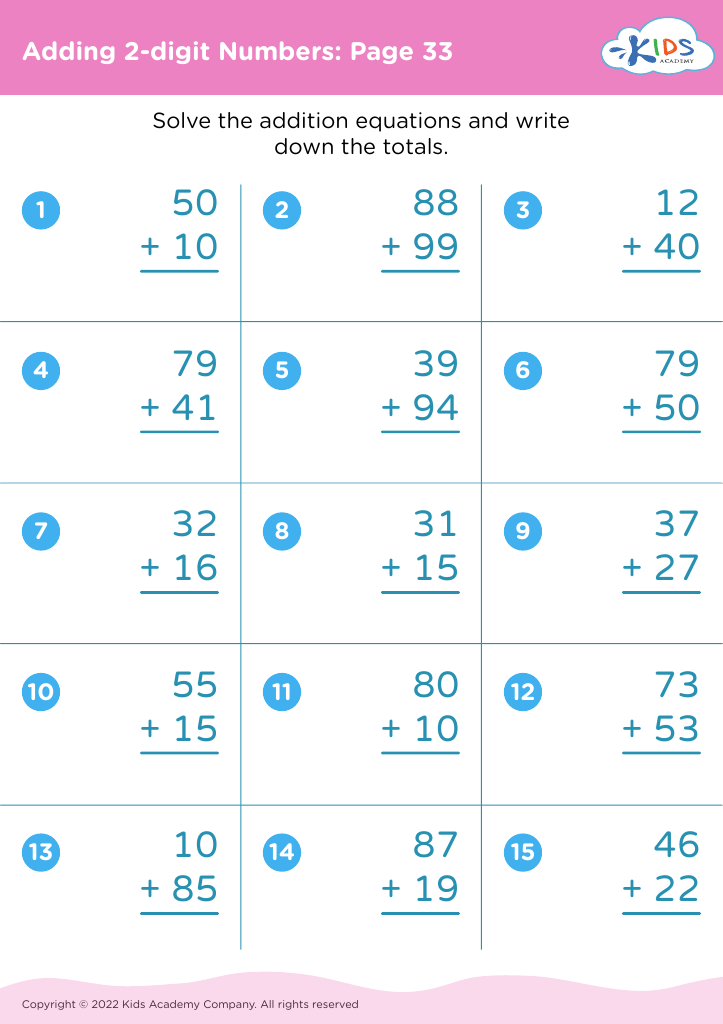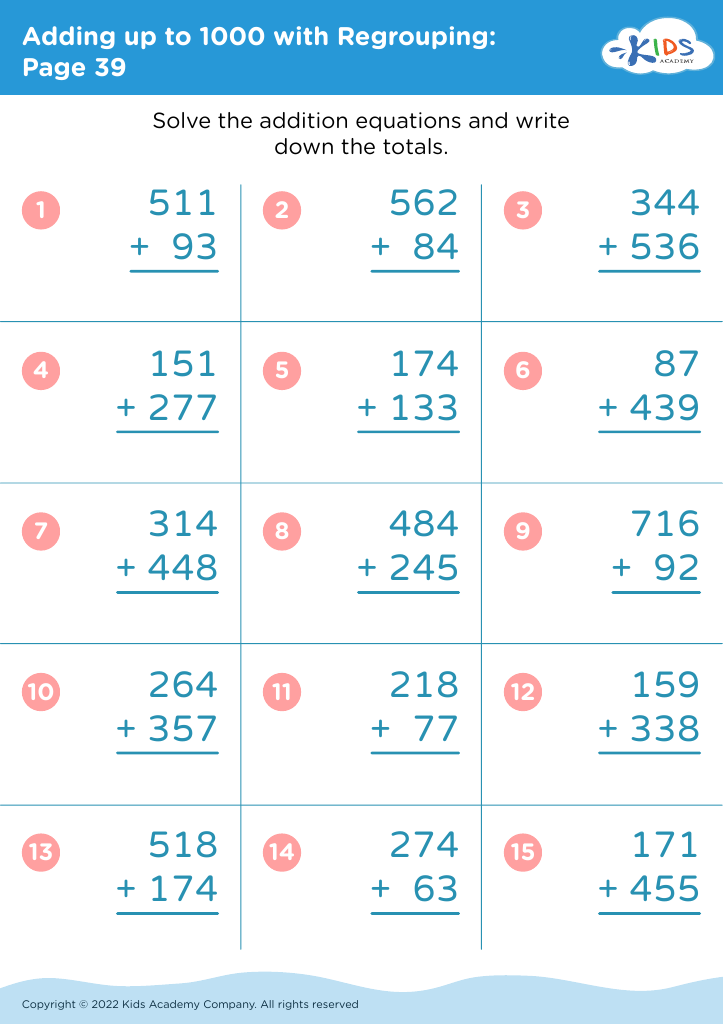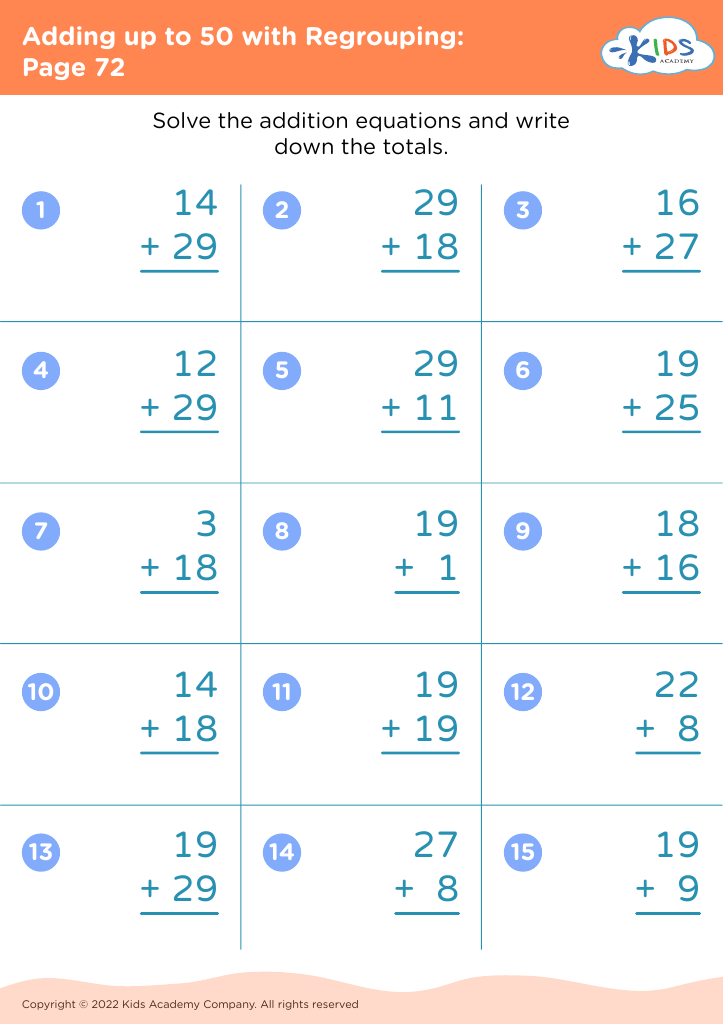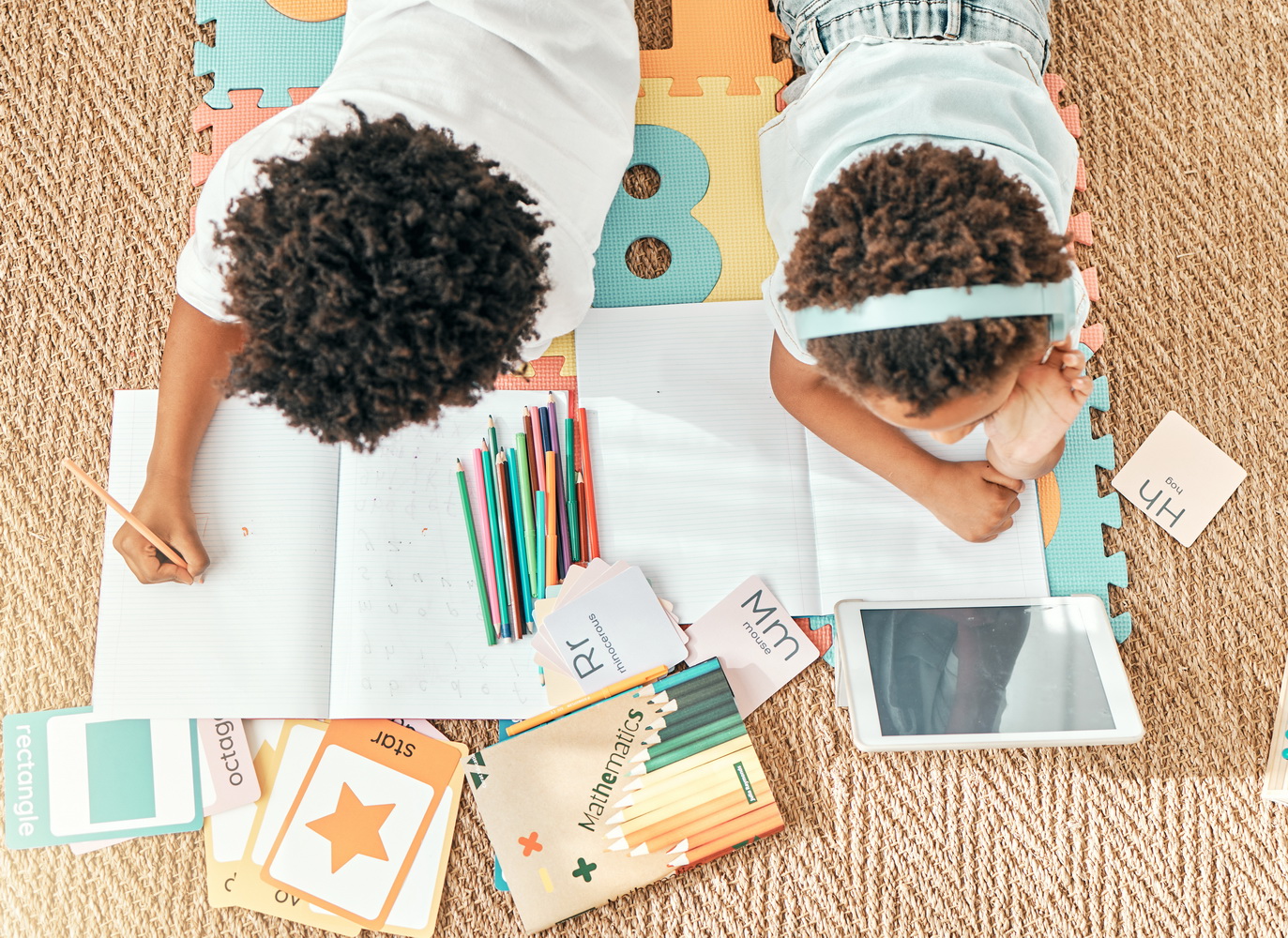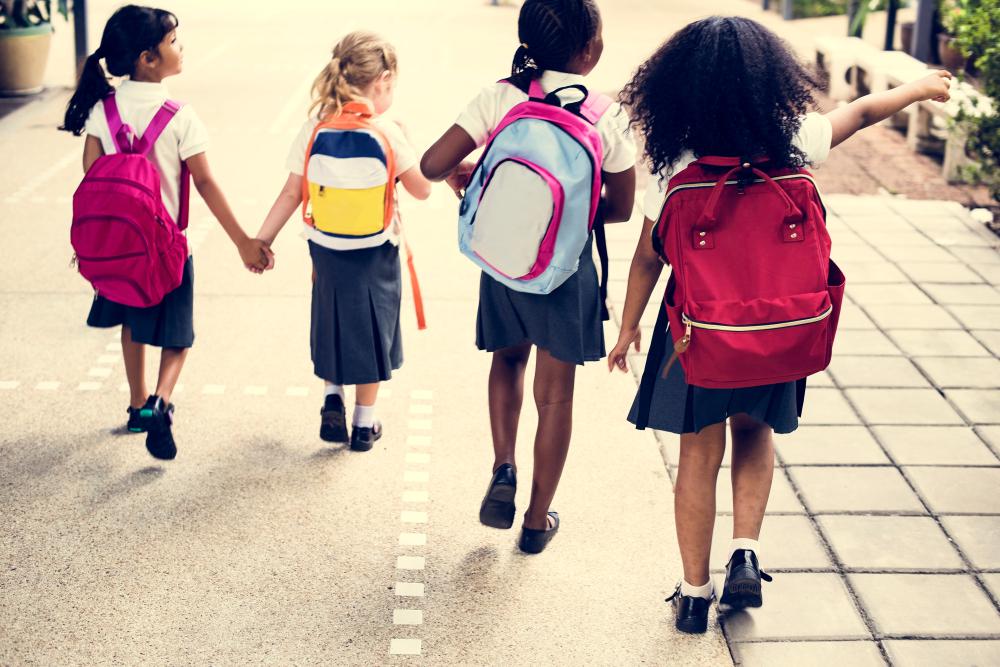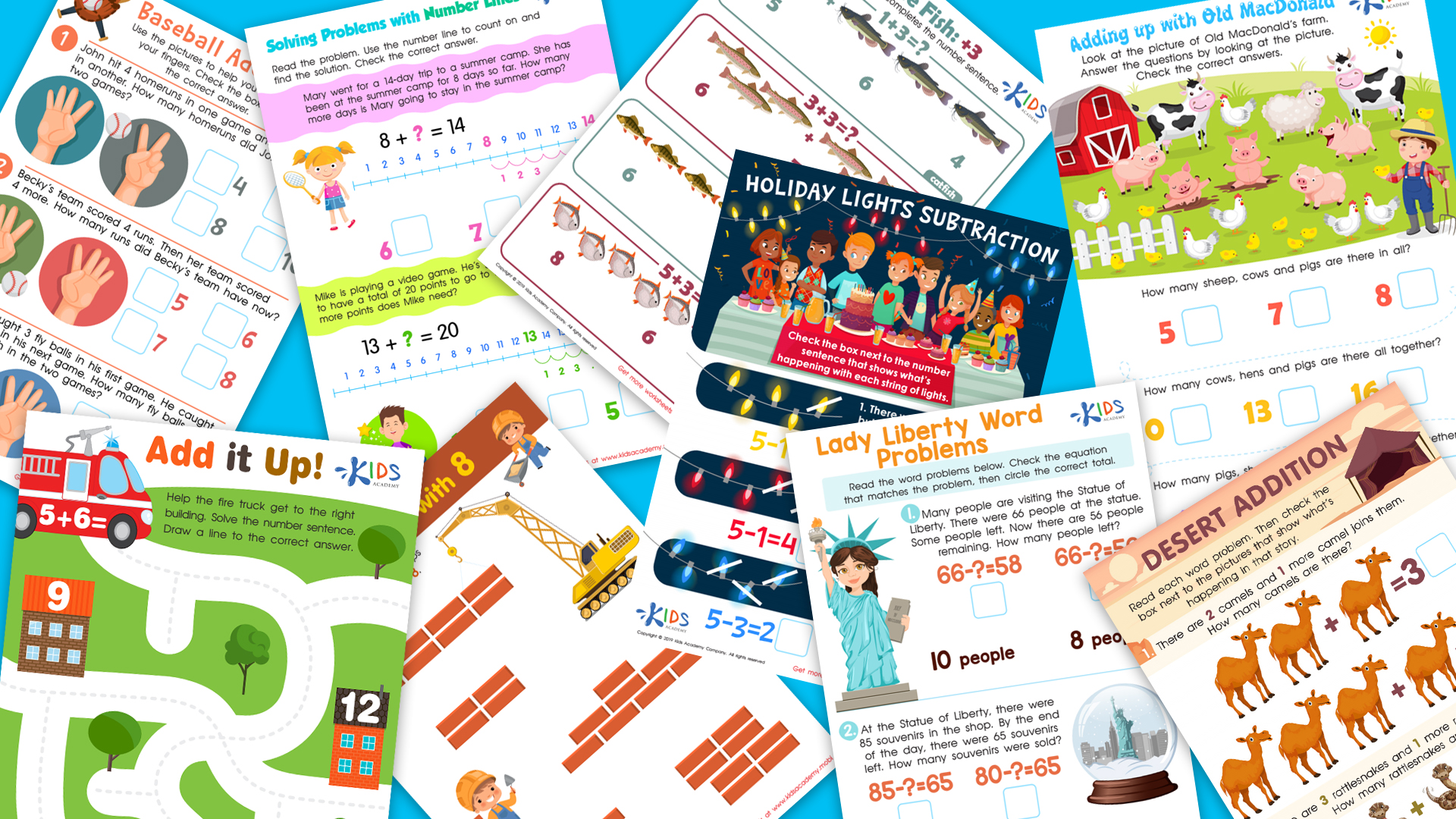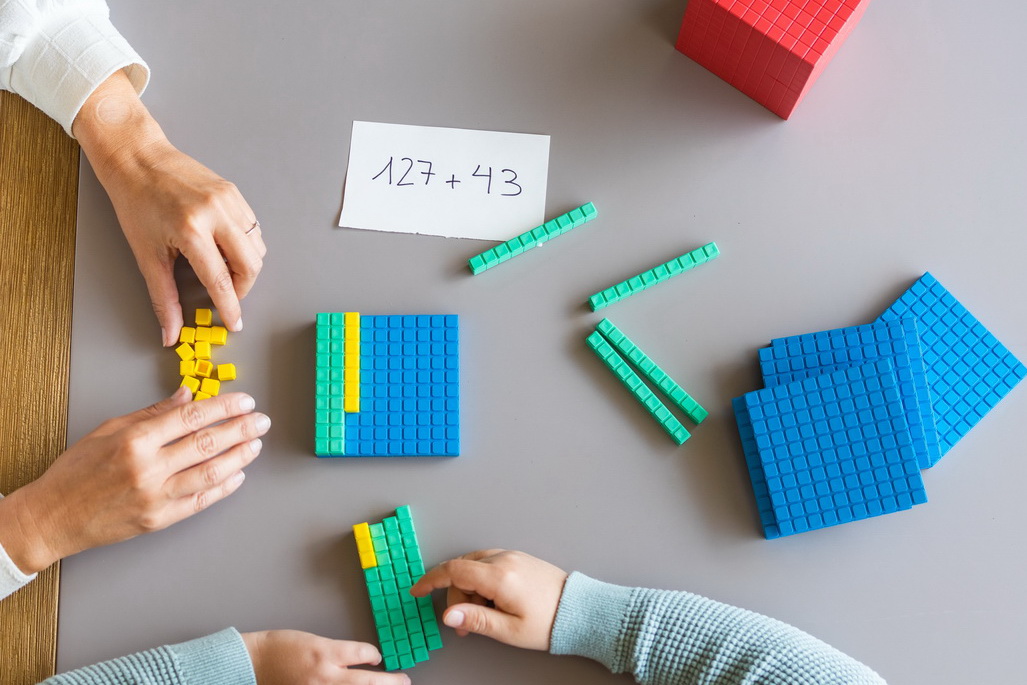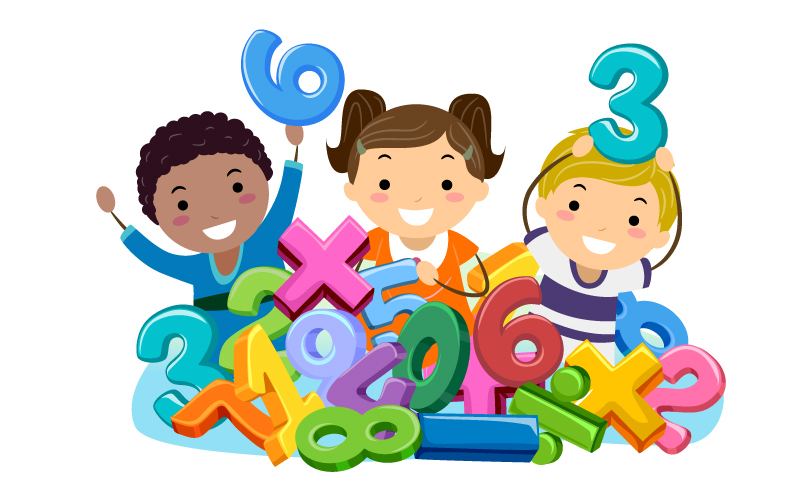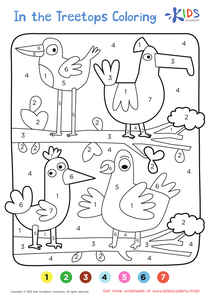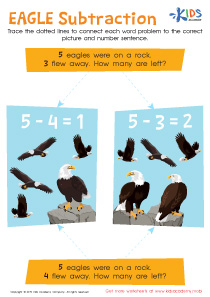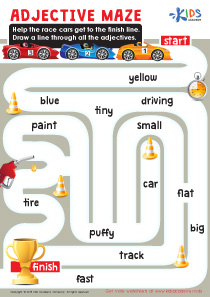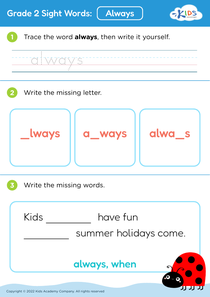Recognize shapes Grade 2 Addition Worksheets
8 filtered results
-
From - To
Enhance your second grader's math skills with our "Recognize Shapes Grade 2 Addition Worksheets." These engaging worksheets are designed to help young learners effortlessly master basic addition while familiarizing themselves with geometric shapes. Each worksheet features vibrant illustrations and a variety of exercises that encourage critical thinking and problem-solving. With clear instructions and fun graphics, students will enjoy practicing math while enhancing their shape recognition abilities. Perfect for classroom use or at-home practice, these worksheets support your child's journey towards math proficiency and a solid understanding of geometry. Download now to start learning in an exciting, interactive way!
Recognizing shapes and mastering addition are foundational math skills that serve as essential building blocks for future learning in early grades. For second graders, these topics contribute significantly to their cognitive development and problem-solving abilities. Shapes are fundamental for understanding geometry, which involves analyzing and comparing different forms and structures; this skill helps children in visualizing and organizing space around them. Geometry also plays a crucial role in various real-life contexts, from arts to daily activities like assembling toys or locating places on a map.
On the other hand, addition is the cornerstone of arithmetic. Early mastery of addition paves the way for more complex mathematical operations such as subtraction, multiplication, and division. It fosters logical thinking and enhances mental calculation abilities. Developing fluency in addition helps children build numerical understanding, allowing them to tackle word problems and grasp more advanced math topics efficiently.
When parents and teachers emphasize recognizing shapes and mastering addition, they set children up for long-term academic success. They cultivate a strong mathematical foundation, boost self-confidence, and nurture a sense of curiosity and enjoyment in learning. By supporting these key areas, caregivers and educators are essentially investing in the child's comprehensive cognitive growth and fostering a lifelong love for learning.
